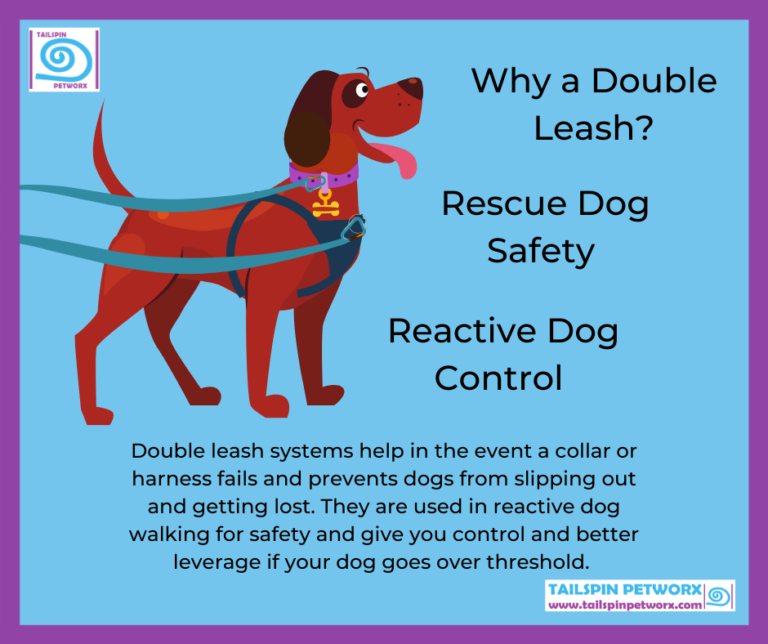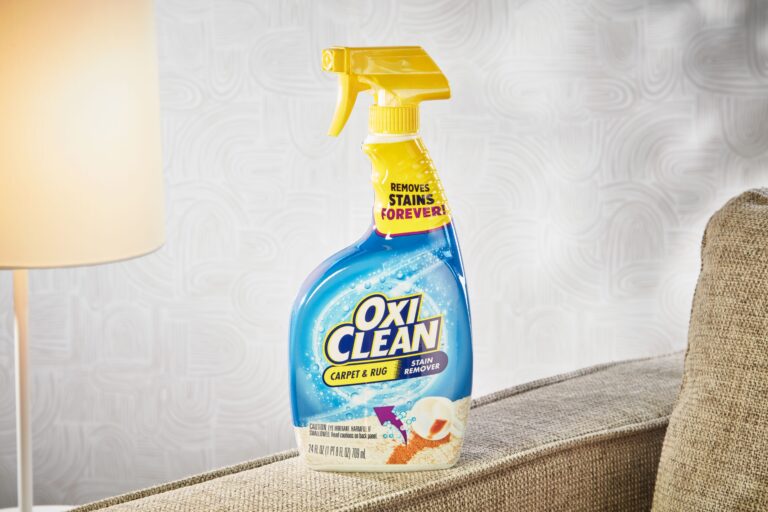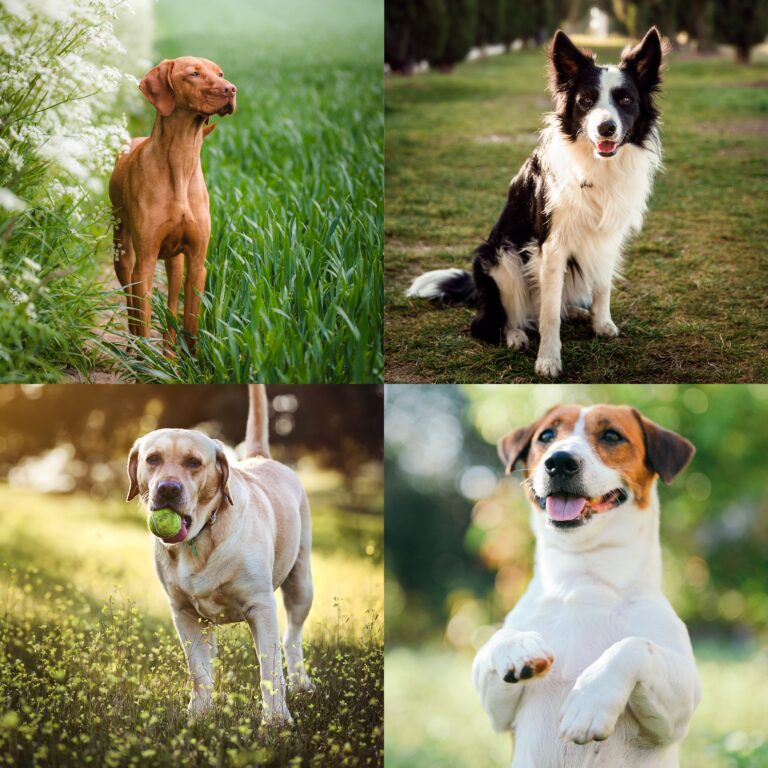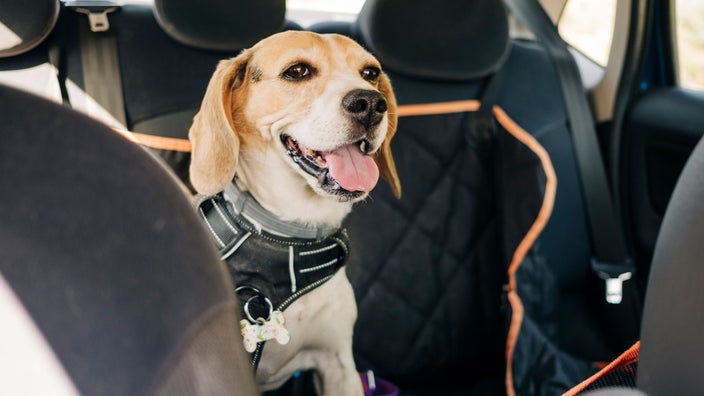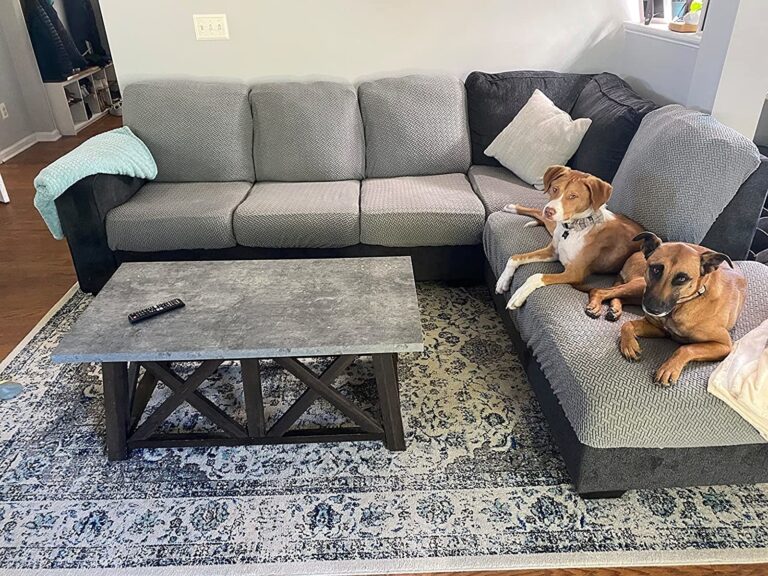What to Look for in a Dog Seatbelt? Essential Safety Tips
When selecting a dog seatbelt, focus on durability, adjustability, ease of use, and safety features. A reliable dog seatbelt ensures your furry friend’s security during car rides, providing peace of mind for you as a pet owner.
Additionally, a well-designed dog seatbelt can prevent distractions while driving and protect your dog in case of sudden stops or accidents. By considering these key factors, you can find the perfect dog seatbelt that meets both your needs and your dog’s comfort and safety requirements.
Introduction To Canine Car Safety
When it comes to traveling with your furry companion, ensuring their safety is of utmost importance. Canine car safety is a crucial aspect of responsible pet ownership, especially when taking your dog on road trips or even short drives. One essential component of canine car safety is securing your dog with a reliable seatbelt designed specifically for them.
Importance Of Securing Your Dog
Securing your dog in the car is vital for their safety and the safety of everyone in the vehicle. Unrestrained dogs can be a distraction to the driver, leading to potential accidents. In the event of a sudden stop or collision, an unsecured dog can become a projectile, causing harm to themselves and others in the car. Moreover, in the unfortunate event of a crash, a secured dog is less likely to escape and get lost or injured.
Rising Trend Of Dog Seatbelts
The use of dog seatbelts is increasingly becoming a popular choice among pet owners who prioritize safety and responsible pet travel. With the rising awareness of the importance of securing pets in cars, the demand for dog seatbelts has surged. This trend reflects a positive shift towards ensuring the well-being of dogs during car journeys. Dog seatbelts provide a sense of security and peace of mind for pet owners, knowing that their beloved companions are protected while traveling.
Key Features Of Dog Seatbelts
When it comes to the safety of your furry friend during car rides, a dog seatbelt is an essential accessory. Not only does it keep your dog secure, but it also ensures their comfort throughout the journey. To make an informed decision, it’s crucial to understand the key features of dog seatbelts. Let’s explore the material durability and adjustability for comfort in detail:
Material Durability
One of the primary considerations when choosing a dog seatbelt is the material durability. Look for seatbelts made from high-quality materials that can withstand the wear and tear of regular use. Nylon and polyester are popular choices due to their strength and resistance to fraying. These materials are also easy to clean, which is a significant advantage when dealing with muddy paws or accidental spills. Ensure the seatbelt is reinforced with sturdy stitching to provide additional durability and security for your dog.
Adjustability For Comfort
Comfort is paramount for your dog during car rides, especially on longer journeys. An adjustable dog seatbelt allows you to find the perfect fit for your furry friend, ensuring their comfort and safety. Look for seatbelts with adjustable straps that can accommodate different sizes and breeds of dogs. The ability to adjust the length of the seatbelt ensures that your dog can sit, lie down, or move around within a limited range while still being secured. Additionally, padded straps provide extra comfort and prevent chafing or discomfort during the ride.
Compatibility With Car Models
When choosing a dog seatbelt, it’s crucial to consider the compatibility with your car model. This ensures that the seatbelt will securely attach to your vehicle, providing maximum safety for your furry friend.
Universal Fit Options
Universal fit dog seatbelts are designed to be compatible with a wide range of car models. They typically feature adjustable straps and attachments that can be easily secured to various seat belt receivers, making them suitable for most vehicles.
Vehicle-specific Designs
Vehicle-specific dog seatbelt designs are tailored to fit specific car models, providing a custom and secure attachment. These seatbelts are engineered to integrate seamlessly with the characteristics of particular vehicles, ensuring a perfect fit and enhanced safety.
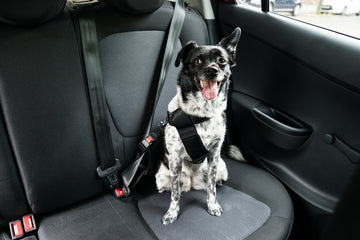
Credit: www.dutch.com
Safety Standards To Consider
When selecting a dog seatbelt, it’s important to look for safety standards such as crash-tested and adjustable designs. Ensure the seatbelt is comfortable for your dog and compatible with your car’s seatbelt system to provide maximum protection during car rides.
When it comes to the safety of your furry friend during car rides, a dog seatbelt is an essential accessory. However, not all dog seatbelts are created equal, and it’s crucial to consider certain safety standards before making a purchase. By choosing a dog seatbelt that meets these standards, you can ensure the utmost protection for your pet in case of a sudden stop or accident.
Certification And Crash Testing
One important safety standard to look for in a dog seatbelt is certification and crash testing. A certified dog seatbelt indicates that it has undergone rigorous testing to evaluate its effectiveness during a collision or sudden impact. Look for seatbelts that have been certified by recognized safety organizations such as the Center for Pet Safety (CPS) or the Federal Motor Vehicle Safety Standards (FMVSS).
These organizations conduct crash tests using specially designed dog crash test dummies to simulate real-life scenarios. The seatbelts that pass these tests demonstrate their ability to restrain and protect dogs during accidents, reducing the risk of injury or even death.
Legal Requirements By Region
In addition to certification and crash testing, it’s essential to be aware of the legal requirements for dog seatbelts in your region. Different countries, states, or provinces may have specific laws regarding the use of restraints for pets in vehicles. To ensure compliance and avoid any legal issues, familiarize yourself with the regulations in your area.
Some jurisdictions may require dogs to be secured in a vehicle using a specific type of seatbelt or harness. Others may have guidelines on the size or weight of the dog that determines the appropriate restraint system. It’s important to research and understand these legal requirements to keep both your pet and yourself safe while traveling.
Size And Fit For Your Dog
Measuring Your Dog Accurately
Measure your dog’s neck, chest, and length for accurate sizing.
Weight And Breed Considerations
Consider your dog’s weight and breed for a secure and comfortable fit.
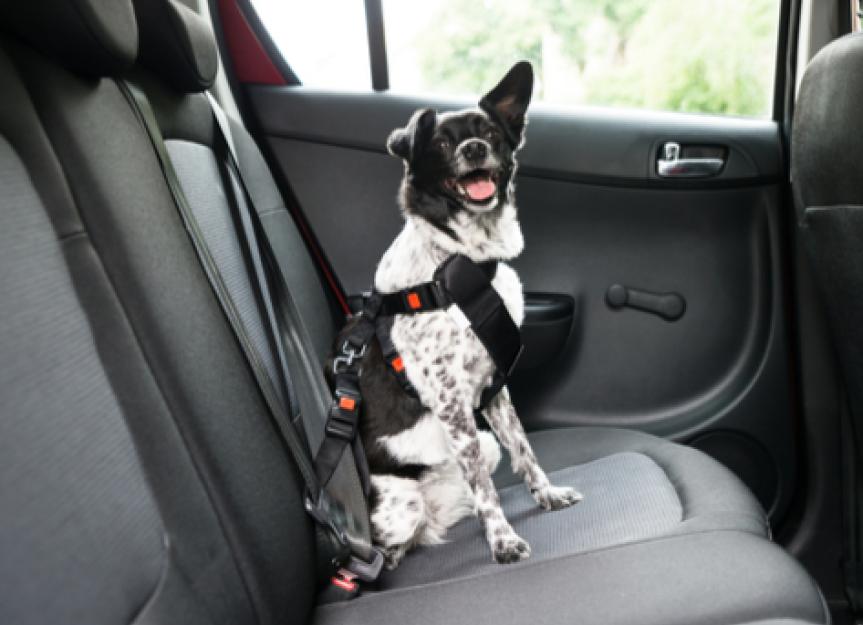
Credit: www.petmd.com
Ease Of Use And Maintenance
Looking for a dog seatbelt? Consider the ease of use and maintenance. Find one that is simple to secure and clean, ensuring your furry friend’s safety on the road.
When it comes to choosing a dog seatbelt, ease of use and maintenance are crucial factors to consider. Nobody wants to spend a lot of time setting up the seatbelt or maintaining it, especially when you’re already managing a dog and driving at the same time. Here are some points you should keep in mind when choosing a dog seatbelt that is easy to use and maintain.Simplicity Of Setup
The simplicity of setup is an essential factor to consider when choosing a dog seatbelt. Look for a seatbelt that is easy to install and does not require any special tools or additional accessories. A seatbelt with a universal fit design can make things easier for you because it can fit in most vehicles. Additionally, a seatbelt with an adjustable length can ensure that your dog is comfortable and secure.Cleaning And Care Tips
Cleaning and maintaining a dog seatbelt can be a daunting task, especially if it is not designed to be easy to clean. Look for a seatbelt that is made of durable materials that can withstand regular cleaning and disinfecting. A seatbelt that is machine washable can make things easier for you because you can clean it quickly and efficiently. Additionally, look for a seatbelt that has detachable parts that can be cleaned separately.Here are some cleaning and care tips you should keep in mind:
- Regularly inspect the seatbelt for any signs of wear and tear.
- Wash the seatbelt in cold water and mild detergent.
- Avoid using bleach or harsh chemicals that can damage the seatbelt.
- Air dry the seatbelt or use a low heat setting on a dryer.
- Store the seatbelt in a clean and dry place when not in use.
Additional Safety Features
When choosing a dog seatbelt, additional safety features can provide added peace of mind during car rides with your furry friend. These features go beyond the basic function of securing your dog in place and can help enhance their comfort and protection while traveling.
Reflective Strips For Visibility
Dog seatbelts with reflective strips can significantly improve visibility, especially during low-light conditions or nighttime travel. These strips are designed to reflect light, making your dog more visible to other drivers and pedestrians. This feature helps reduce the risk of accidents and enhances overall safety.
Padded Chest Plates
A padded chest plate is a valuable safety feature that provides additional comfort and support for your dog. It helps distribute the force of sudden stops or impacts, reducing the risk of injury. Look for seatbelts with well-padded chest plates to ensure your dog remains secure and comfortable throughout the journey.
User Reviews And Recommendations
When it comes to choosing a dog seatbelt, user reviews and recommendations play a crucial role in helping potential buyers make informed decisions. Hearing from other dog owners who have used specific seatbelt products can provide valuable insights into the quality, effectiveness, and comfort of the options available on the market.
Expert Opinions And Ratings
Expert opinions and ratings on dog seatbelts can offer valuable insights into the safety and durability of different products. Whether it’s a professional dog trainer, veterinarian, or pet safety expert, their knowledge and experience can help guide dog owners towards the most reliable and effective seatbelt options for their furry companions.
Community Feedback And Testimonials
Community feedback and testimonials from other dog owners provide real-world experiences with dog seatbelts. This firsthand information can shed light on factors such as ease of use, comfort for the dog, and overall satisfaction with the product. Additionally, testimonials can reveal any potential issues or drawbacks that may not be immediately apparent from product descriptions or specifications.
Making The Right Choice
When it comes to traveling with your furry friend, their safety is just as important as yours. This is why investing in a dog seatbelt is crucial. However, not all dog seatbelts are created equal. To ensure you are making the right choice, there are a few key factors you should consider. Here are some things to keep in mind:
Balancing Cost And Quality
One of the most important considerations when purchasing a dog seatbelt is balancing cost and quality. While you don’t want to overspend, you also want to ensure that the seatbelt you choose is of high quality and will keep your dog safe in the event of an accident. Look for seatbelts that are crash-tested and made from durable materials that can withstand heavy impact. It’s also a good idea to read reviews from other dog owners to gauge the quality of the product before making your purchase.
Trial Period And Return Policies
Another important consideration is the trial period and return policies offered by the manufacturer. It’s important to choose a seatbelt that comes with a trial period so that you can test it out and ensure it is the right fit for your dog. Additionally, make sure you choose a seatbelt that comes with a return policy in case it doesn’t work out for your furry friend. This will give you peace of mind knowing that you can return the product if it doesn’t meet your expectations.
By keeping these factors in mind, you can make an informed decision when choosing a dog seatbelt. Remember, your dog’s safety is worth the investment!
Training Your Dog For Travel
Dogs can be trained to wear seatbelts for safe travel. Acclimatization to seatbelts and positive reinforcement techniques are key.
Acclimatization To Seatbelts
Introduce seatbelt gradually during short drives to help your dog get used to the feeling.
- Start with having the seatbelt loosely attached to allow freedom of movement.
- Slowly increase the duration of trips as your dog becomes more comfortable.
Positive Reinforcement Techniques
Reward good behavior with treats or praise when your dog wears the seatbelt without fuss.
- Use verbal cues like “good dog” to associate positive behavior with the seatbelt.
- Ensure the seatbelt fits well and is comfortable for your dog to wear.
Conclusion: Safe Travels With Your Furry Friend
Ensure your dog seatbelt has adjustable length for comfort and a sturdy, reliable buckle. Look for a harness-compatible design and crash-tested certification to keep your furry friend safe during travels.
Recap Of Essential Tips
When it comes to the safety of your furry friend during car journeys, a dog seatbelt is an essential accessory. In this blog post, we have discussed the key factors to consider when choosing a dog seatbelt. Let’s recap the essential tips to ensure safe travels with your beloved pet:
- Size and Fit: Choose a seatbelt that is suitable for your dog’s size and body type. It should be adjustable to provide a snug and secure fit.
- Strength and Durability: Look for seatbelts made from high-quality materials that can withstand the force of sudden stops or collisions.
- Attachment Method: Consider the attachment method of the seatbelt. Some options include seatbelt buckle, carabiner clip, or harness integration.
- Ease of Use: Opt for a dog seatbelt that is easy to put on and take off, allowing for hassle-free travel experiences.
- Comfort: Prioritize your dog’s comfort by selecting a seatbelt with padded materials and adjustable straps.
- Freedom of Movement: Ensure that the seatbelt allows your dog to sit, lie down, and change positions comfortably without restricting their movement.
- Crash Testing: Look for dog seatbelts that have undergone crash testing to ensure they meet safety standards and provide reliable protection.
- Easy to Clean: Consider seatbelts that are easy to clean, as accidents or messes may occur during travel.
Encouraging Responsible Dog Ownership
By investing in a dog seatbelt, you are taking a responsible step towards ensuring the safety of your furry friend and other passengers in the vehicle. Responsible dog ownership extends beyond providing food, water, and shelter – it also includes prioritizing their safety during car journeys.
Remember, accidents can happen unexpectedly, and an unrestrained dog can pose serious risks not only to themselves but also to others in the car. A dog seatbelt acts as a safety measure, preventing your dog from being thrown around in the event of sudden stops or accidents.
Additionally, using a seatbelt for your dog promotes responsible behavior and sets a good example for other pet owners. It shows that you value the well-being of your pet and prioritize their safety above all else.
With the tips provided in this blog post, you can make an informed decision when choosing a dog seatbelt. Prioritize safety, comfort, and durability to ensure safe travels with your furry friend. By doing so, you can enjoy peace of mind knowing that your dog is secure and protected while on the road.

Credit: animals.howstuffworks.com
Frequently Asked Questions
What To Look For In A Dog Seat Belt?
When choosing a dog seat belt, look for one that is adjustable to fit your dog’s size and has a secure attachment to the car’s seat belt system. It should also be made of durable materials and have a comfortable design for your dog to wear.
Lastly, ensure it has been crash-tested and meets safety standards.
What Type Of Seat Belt Is Best For Dogs?
The best type of seat belt for dogs is a harness that attaches to the car’s seat belt buckle.
What Is The Safest Restraint For A Dog In A Car?
The safest restraint for a dog in a car is a crash-tested harness or a secured crate.
How Do I Choose A Dog Harness For My Car?
To choose a dog harness for your car, consider the dog’s size, safety features, ease of use, and compatibility with your car’s seatbelt system. Opt for a harness that is crash-tested and adjustable for a secure fit.
Conclusion
To ensure your dog’s safety and comfort, choose a seatbelt that is adjustable and securely fastens. Look for durable materials and easy installation for convenience. Prioritize crash-tested products for reliable protection. Remember, investing in a quality dog seatbelt is crucial for your furry companion’s well-being during car rides.
- Can I Get in a Taxi Without a Car Seat? - January 26, 2025
- Can I Get Chlamydia From a Toilet Seat? - January 26, 2025
- Can I Get an Uber With a Car Seat? - January 26, 2025

